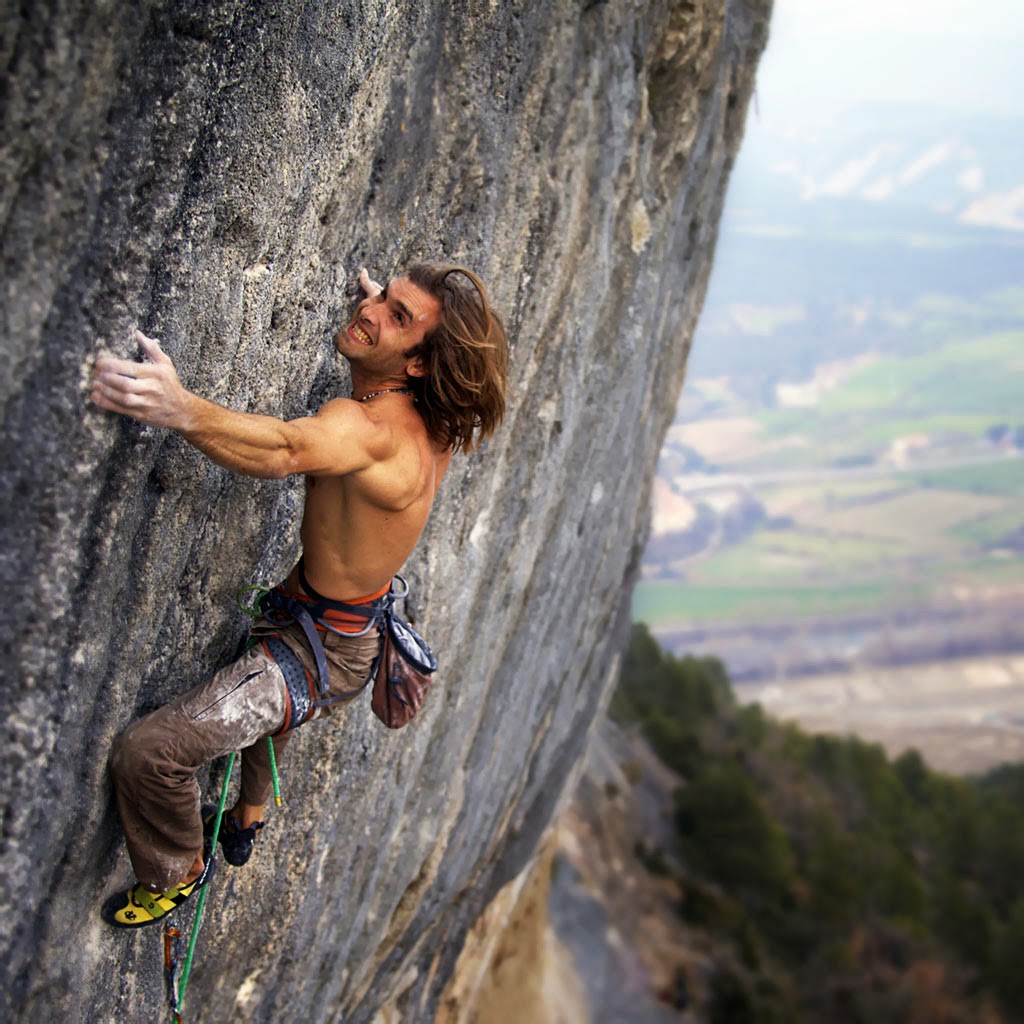Sasha Digiulian
Gymnastic strength training is the perfect complement to the
rock climber but is rarely seen in today's specialized world, with climbers
typically borrowing very little from the extensive collective knowledge of strength and conditioning. With many useful tools being incorrectly used due to misguided information that litters the internet and magazines.
This is to be expected as the excitement and love of
climbing is a thrill of sending a difficult routes or exploring on the long
mission up thousands of feet of sheer granite, not the monotony of going to a
gym and working out. Climbing is their workout, its their sport, but all sports can benefit from specific strenght and conditioning to round out and balance the athletes strenght and weaknesses.
This series is aimed towards guiding those that want
excellence in their chosen sport while staying injury free. Workouts should
never be destructive, rather tackle the weaknesses of the individual in a
progressive and structured manor.
Patience is key to longevity, Rushing the process
may give you short term boosts in performance but will inevitably lead to
injury and the long process of recovery (if that is even possible) with a
significant drop in performance. However the only negative side effect to
slowly progressing through a program is the increase in time it takes to reaching
your potential, but you will reach it and much more quickly.
is the increase in time it takes to reaching
your potential, but you will reach it and much more quickly.
 is the increase in time it takes to reaching
your potential, but you will reach it and much more quickly.
is the increase in time it takes to reaching
your potential, but you will reach it and much more quickly.Areas to develop
Most climbers will focus on finger and pulling strength in
their training through the use of Hang boards, Campus boards or other grip
strength training. This would seems to be the most logical, after all the climber
relies on the contact strength of the fingers to hold on to the face and
pulling up and into the wall. This if often the reason that so many climbers
injury the tendons and ligaments of the fingers.
Overuse injuries are common as
the body becomes increasingly imbalanced, with constant strain of the same connective tissues and muscles. These training techniques should be left for the elite to
gain that slight edge that they need to overcome the hardest of climbers.
Climbers that have had years upon years of gradual conditioning to the connective
tissues through slowly building the difficulty of their climbs.
"The best way to get stronger for climbing, is to climb"
Climbing a wide variety of disciplines will develop your
skills and strength in proportion to one another. You will have a much lower risk of
injury than any hang board or grip training, as the variety and
positions the hands and body, provide a 3 dimensional sport specific development
of the muscle and connective tissues. It makes it more difficult to push beyond your
bodies capabilities and your current climbing skills.
Chris Sharma
Filling the climbers missing components of fitness
This series will cover such topics as:
- Performance based mobility
- Opposing muscle groups
- Balance
- Core stability
- Shoulder girdle stability
- Injury proofing the wrists and hands
- Pre-hab for shoulders, elbows, knees and ankles
- Unilateral strength
Keep a look out for the first instalment of the GST for
climbers series coming soon.


No comments:
Post a Comment